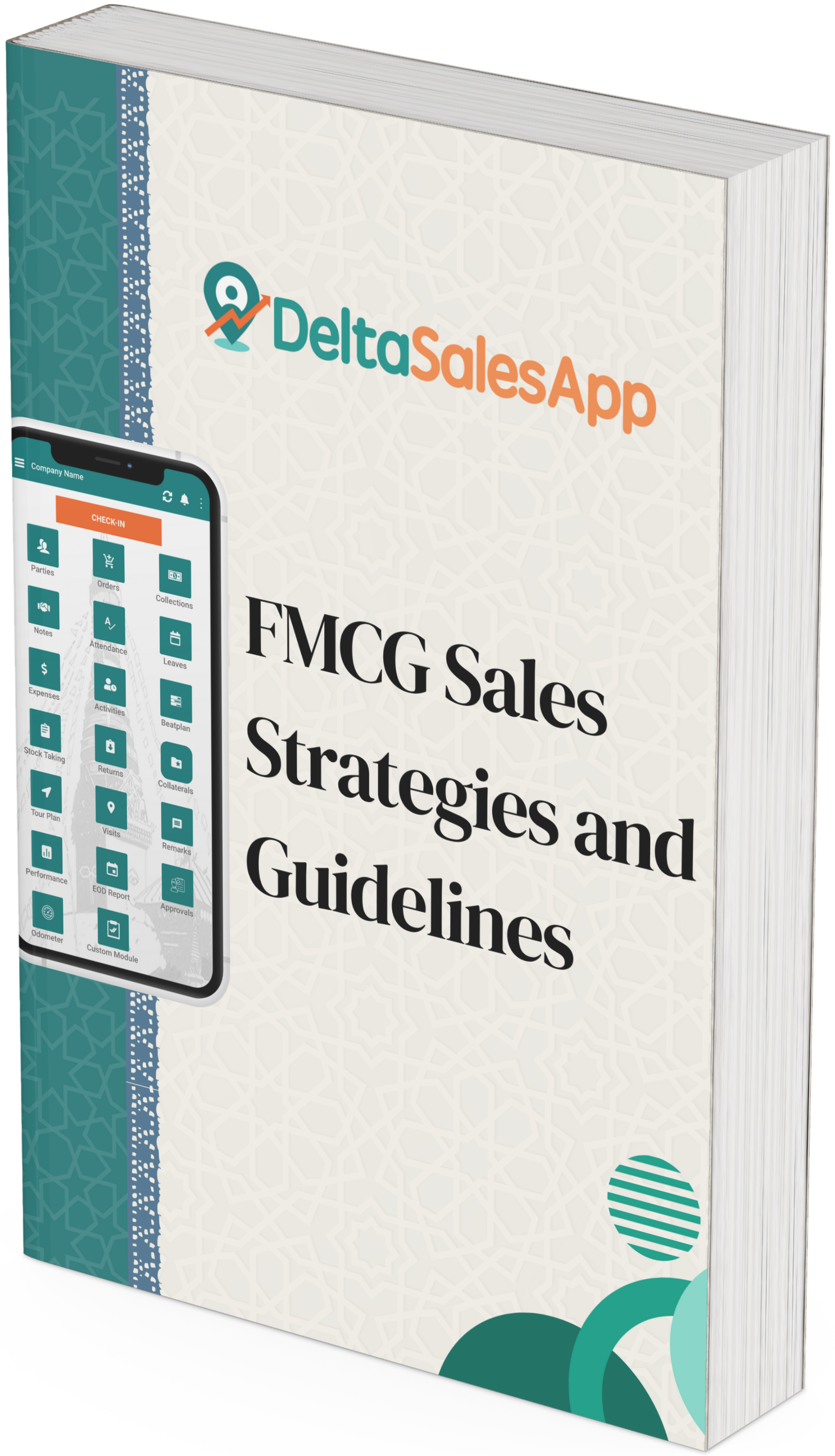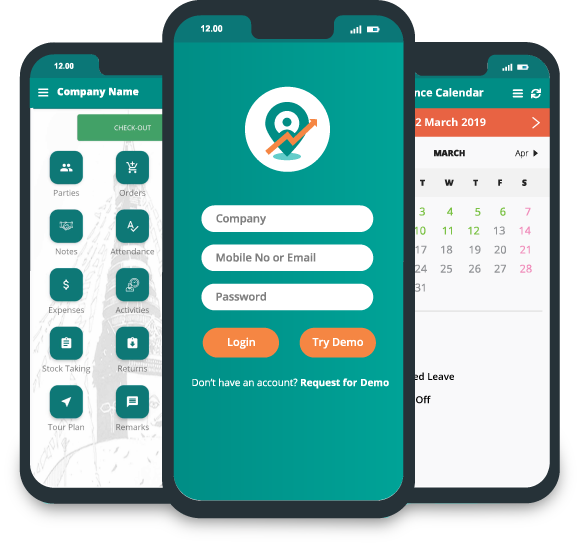Essential Metrics For Effective Sales Performance Tracking

In the fast-paced world of sales, tracking performance is crucial for understanding success and identifying areas for improvement. By monitoring key metrics, sales managers can gain valuable insights into their team's effectiveness, make data-driven decisions, and ultimately boost revenue. This article will explore the essential
metrics to track for evaluating sales performance and how they can help your sales team achieve its goals.
Sales Revenue
Definition: The total income generated from sales of goods or services.
Importance: Sales revenue is the most fundamental metric for any sales team. It provides a clear picture of the financial health of the business and indicates whether the team is meeting its sales targets. Regularly tracking sales revenue helps identify trends and seasonal fluctuations, allowing for better forecasting and strategic planning.
Sales Growth
Definition: The percentage increase in sales revenue over a specific period.
Importance: Sales growth measures the rate at which your sales are increasing over time. It is a critical indicator of your company's ability to expand and capture more market share. Consistent sales growth signals a healthy, thriving business, while stagnation or decline may require strategic adjustments.
Sales Target Achievement
Definition: The percentage of sales targets met by the sales team.
Importance: Monitoring how well your team meets its sales targets provides insight into their performance and motivation. It also helps in setting realistic and challenging goals. If targets are consistently unmet, it may indicate issues with the sales strategy, training, or market conditions.
Conversion Rate
Definition: The percentage of leads that are converted into actual sales.
Importance: The conversion rate is a critical metric for assessing the effectiveness of your sales process. A high conversion rate indicates that your sales team is successful in turning prospects into customers. If the conversion rate is low, it may be necessary to analyze and refine your sales approach or lead qualification process.
Customer Acquisition Cost
Definition: The total cost of acquiring a new customer, including marketing and sales expenses.
Importance: Understanding your CAC helps in evaluating the efficiency of your sales and marketing efforts. Keeping CAC low while maintaining high sales volume is crucial for profitability. If CAC is too high, it may indicate that your strategies are not cost-effective, and adjustments are needed.
Customer Lifetime Value
Definition: The total revenue a business can expect from a single customer account over lifetime.
Importance: CLV is a vital metric for understanding the long-term value of your customers. It helps in making informed decisions about customer acquisition strategies and budget allocation. A higher CLV means that customers are more valuable, justifying higher acquisition costs and more personalized engagement efforts.
Average Deal Size
Definition: The average revenue generated from each closed deal.
Importance: Tracking the average deal size helps in understanding the value of your sales transactions. It provides insights into the types of customers and deals your team is closing. Increasing the average deal size can significantly impact overall sales revenue.
Sales Cycle Length
Definition: The average time it takes to close a deal from the initial contact to the final sale.
Importance: A shorter sales cycle indicates an efficient sales process and quicker revenue generation. Monitoring the sales cycle length helps identify bottlenecks and areas where the process can be streamlined. It also aids in forecasting and resource planning.
Lead Response Time
Definition: The average time taken to follow up with a lead after initial contact.
Importance: Prompt follow-up is crucial for converting leads into customers. A shorter lead response time demonstrates the sales team's responsiveness and can significantly improve conversion rates. Delayed responses may result in lost opportunities to competitors.
Sales Activity Metrics
Definition: Metrics that track daily activities of the sales team, such as calls made, emails sent, meetings scheduled, and demos conducted.
Importance: Sales activity metrics provide a granular view of the team's efforts and productivity. They help in identifying which activities are most effective in driving sales and where improvements are needed. These metrics also assist in coaching and training sales representatives.
Conclusion
Monitoring these key sales performance metrics provides a comprehensive view of your sales team's effectiveness and the overall health of your sales operations. By regularly analyzing these metrics, you can make informed decisions, optimize your sales strategies, and drive sustainable growth for your business. Implementing a robust sales performance tracking system ensures that you stay on top of your goals and continuously improve your sales processes.
FAQs
1. Why is it important to track sales performance metrics?
Tracking sales performance metrics helps understand team performance, identify improvement areas, and make data-driven decisions to boost revenue and growth.
2. Which sales performance metric should I prioritize if I can only track one?
Prioritize sales revenue, as it provides a direct measure of your business's financial health and overall sales performance.
3. How often should I review sales performance metrics?
Review metrics weekly, monthly, and quarterly to stay on top of performance trends, address issues promptly, and adjust sales strategies as needed.
4. What tools can help in tracking sales performance metrics?
Tools like Salesforce, HubSpot, Microsoft Dynamics 365, and Zoho CRM offer comprehensive dashboards and reports for effective sales performance tracking.









